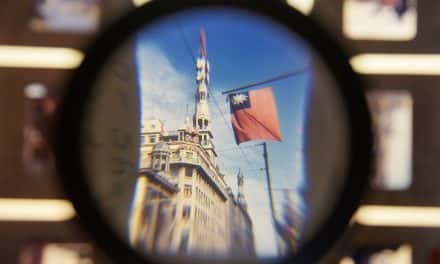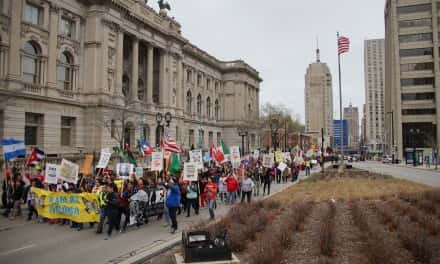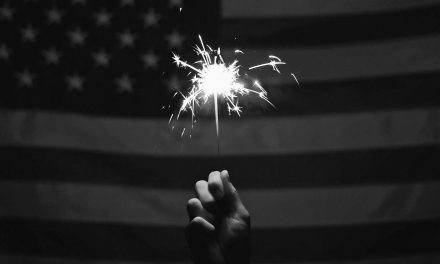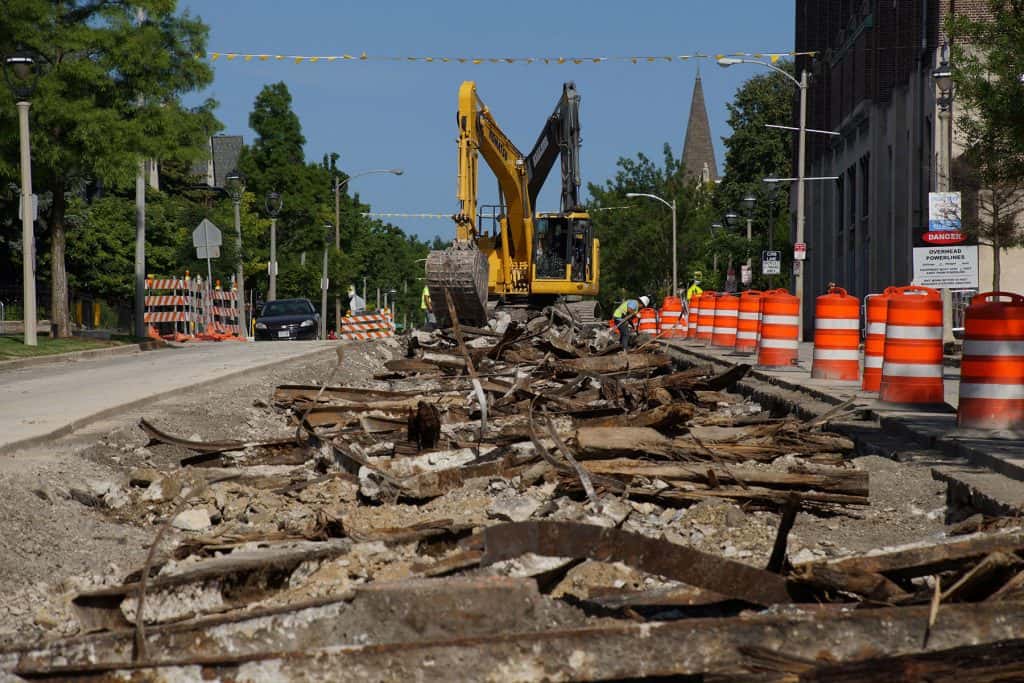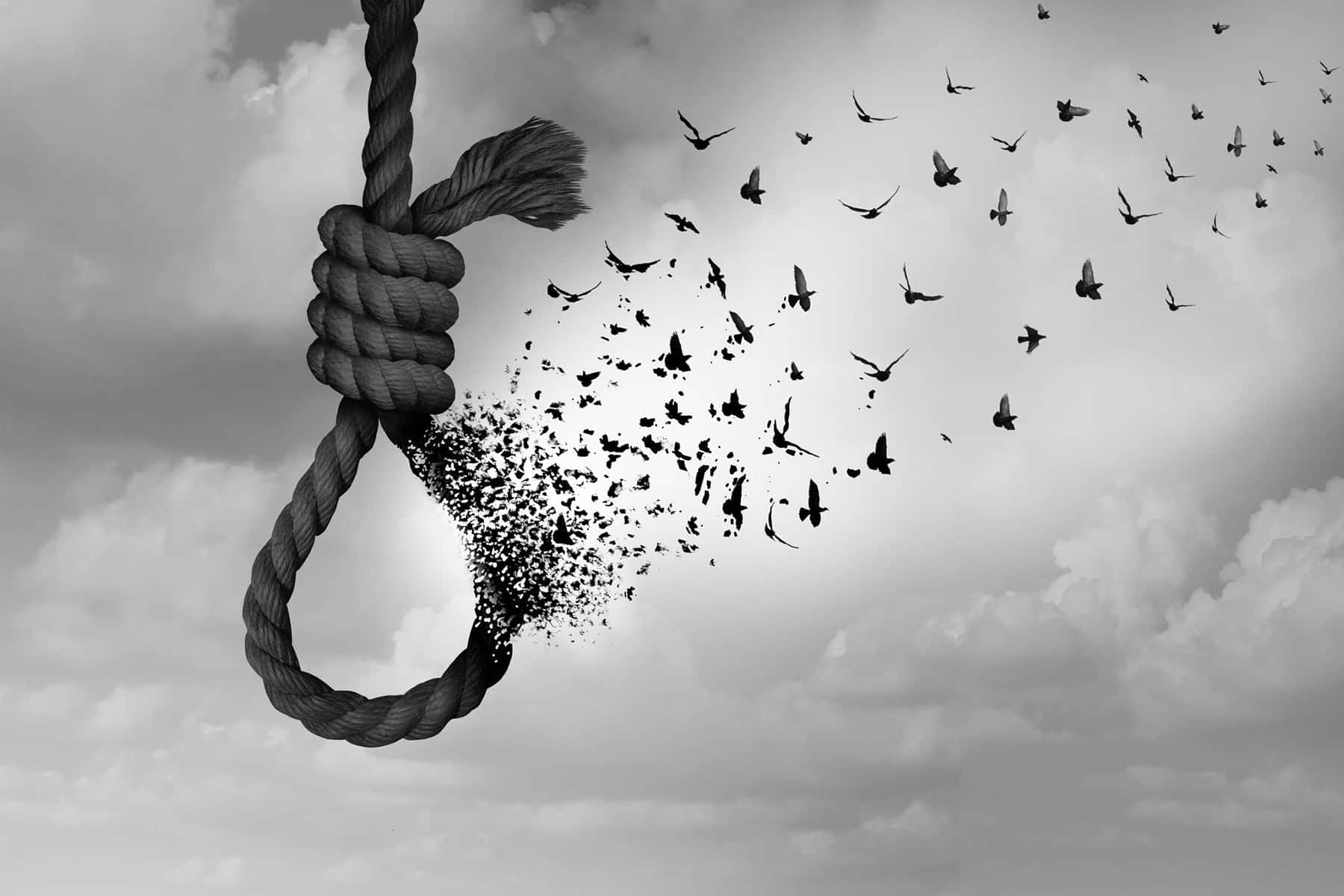
“So some day, if a Democrat becomes President and the Republicans win the House, even by a tiny margin, they can impeach the President, without due process or fairness or any legal rights. All Republicans must remember what they are witnessing here – a lynching. But we will WIN!” – President Donald Trump tweet, October 2019
“And from my standpoint as a black American, as far as I’m concerned, it is a high-tech lynching for uppity blacks who in any way deign to think for themselves, to do for themselves, to have different ideas, and it is a message that unless you kowtow to an old order, this is what will happen to you. You will be lynched, destroyed, caricatured by a committee of the U.S. – U.S. Senate, rather than hung from a tree.” – Clarence Thomas during Judiciary Committee inquiry responding to allegations made by Anita Hill his former co-worker that she had been sexually harassment by Thomas (1991).
“Even if the president should be impeached, history is going to question whether or not this was just a partisan lynching or whether or not it was something that in fact met the standard, the very high bar, that was set by the founders as to what constituted an impeachable offense.” – Joe Biden in 1998 responding to the impeachment proceeding against President Bill Clinton
I have heard people too often use the term “lynching” to describe something they consider to be a horrible injustice done to them. As is usually the case, the people who do so are clueless about the history of lynching or they would never so casually use this word.
I was born 37 miles from where 14-year-old Emmett Till was kidnapped and murdered in 1955. His horrific death galvanized the black community to fight against racial terror. If a child could be killed so casually after being falsely accused of flirting with a white woman, what else could people of color expect? The famous Montgomery bus boycott followed that same year and was the beginning of sustained action against racism in America.
My friend and mentor Dr. James Cameron survived a lynching in 1930. I am sure he would be very upset to hear the President describe the impeachment inquiry as a lynching. Not just because this was a white person, but also because it shows a level of insensitivity to the history of lynching.
Part of the reason people so loosely use this word is that they have no real understanding of what lynchings were. They may have seen some lynching image but have no idea how truly devastating these murders were.
The term is usually used to describe an extra-legal killing, one not sanctioned by law. This is not very accurate however. In many cases the law sanctioned, organized, planned and actively participated in these lynchings. Mobs did not always have to break into a jail to find their victims.
Many who were lynched had never been accused of a crime or arrested. Blacks were lynched for defying white supremacy. Being too successful financially was all that it took to be lynched. Ignoring the social norms that whites demanded blacks abide by could lead to a black person being lynched.
Lynching receives its name from a practice that developed during the Revolutionary War period. It is reputedly named after Judge Charles Lynch from Virginia who felt the laws were too lenient and gave people extra punishment. At that time, public tortures such as a whipping, tarring and feathering, and beatings were the types of punishment people suffered under Lynch’s Law. Cattle rustlers and common criminals would be lynched, but rarely killed. This “frontier justice” followed white settlers as they moved further West, taking land from the Native Americans.
During the 1830s, lynchings led to people being murdered. Most of the data about lynching covers the period of 1880 to 1960. Tuskegee Institute, the Chicago Defender newspaper, and the NAACP began to keep track of lynchings. The accounts would appear in newspapers around the country. Sometimes they were described using language that obviously promoted the actions of the lynch mobs.
That databases documented nearly 5,000 lynchings. In addition, Bryan Stevenson’s Equal Justice Initiative in Montgomery, Alabama uncovered another 800 lynchings in the South and 300 more outside the South. Most of the victims were black, men, women, and children. Whites were lynched, but many of those described as white were actually Native Americans, Mexicans, and Asians.
The first thing people should know about lynching is that it was organized terrorism. In the 1830s, enslaved blacks began to be lynched as white fears of slave rebellion grew. At least 400 enslaved blacks were lynched from 1830 to 1860. In the South the lynchings of blacks did not mirror the lynching of whites. Southern lynchers took great care to torture blacks, burning them alive or mutilating the bodies, during and after they were killed. The practice of cutting off the genitals and heads of blacks was also not uncommon.
As the use of lynching spread the method of these violent murders from big cities to small towns throughout the country. Some of the most famous lynching photographs were ritualistic spectacles that took place outside of the South. The charred remains of William Brown can be seen in the foreground of a crowd of many happy, contented, smiling white men and boys in Omaha, Nebraska in 1919. A large crowd of white onlookers stood atop a bridge over the Canadian River in Oklahoma in 1911, while their victims Laura Nelson, and her son L.D. hung underneath.
Three black circus workers, Elias Clayton, Elmer Jackson, and Isaac McGhie were on “display” in a photograph with smiling white families in their “Sunday best” clothing after being lynched in Duluth, Minnesota in 1920. 16-year-old James Cameron survived a lynching where his two friends Abram Smith and Thomas Shipp were killed in Marion, Indiana in 1930. A professional photographer had set-up the best lighting for a great photograph, even having branches cut off the tree so as to not block the bodies of the victims.
Milwaukee was also the sight of a lynching in 1861. George Marshall Clark was lynched on the corner of Water and Buffalo by an angry mob that had burst into the Milwaukee jail looking for James P. Shelton. The two had been involved in a fight with white men where one of them was stabbed by Shelton and died. He and Clark had been arrested. The mob could not find Shelton in the jail so they grabbed Clark instead. The mob beat Clark and eventually hung him off of a pile driver for twenty minutes before he perished. After he died, members of the mob fought over souvenirs. The lynching rope was one of the most sought after keepsakes.
It is obvious that lynching was an American institution, not just a Southern institution. Although Mississippi (581), Georgia (531), and Texas (493) led the carnage – according to the archives at Tuskegee Institute, lynchings occurred around the country. Lynchings in the late nineteenth century were documented in dozens of states.
Despite the generally held belief that lynchings were punishments for crimes, the reality was that lynching became the primary method of racial control of blacks. Stuart Tolnay’s study of lynching showed how it shifted from having significant white victims to mostly black victims in the late 1800s. He wrote that “lynching in the South became increasingly and exclusively a matter of white mobs murdering African-Americans.” The true rationale behind lynching was well known.
“Lynching has been resorted to by whites not merely to wreak vengeance, but to terrorize and restrain this lawless element in the Negro population. Among Southern people, the conviction is general that terror is the only restraining influence that can be brought to bear upon vicious Negroes.” – 1905 report on Southern lynchings
The ratio of black to white victims in the 1880s was four blacks for every white, but shifted to 17 to 1 after 1900. “Spectacle lynchings” attended by thousands of whites became much more common after the turn of the century. The ritualistic nature of spectacle lynchings emerged as a common theme. In some cases the lynching would be announced ahead of time, people would be brought in from neighboring communities sometimes by trains that were leased for that purpose.
No longer would just simply killing the victim be enough. Bloodthirsty mobs wanted to be active participants in the lynching. Torture became a very important element of crowd participation. Members of the mob would bring weapons to stab, slash, and cut the victim while they writhed in pain. Corkscrews were jabbed into bodies and pulled out, inflicting tremendous pain while the lynch mobs cheered.
As body parts were cut off for souvenirs, the most sought after trophy was black male genitalia. It was referred to as “surgery below the belt” and used in cases where black males had been accused of consorting with or raping white women.
Another common feature of lynchings was the use of guns. Mobsters came armed to lynchings and spent extended periods of time emptying their weapons into the body of the victim. As automobiles became popular, the bodies of victims would often be tied to the back of a vehicle and dragged through town as whites elatedly expressed their approval.
Professional photographers would stage the scene and take pictures that would later be sold by the hundreds and even thousands. For those who wanted immediate souvenirs, pieces of the lynching rope, bark from the tree, and clothing from the victim were in popular trophies. The photographs became the most lasting memory of the horror after they were placed on postcards and sold in grocery stores, pharmacies, and other places. These lynching postcards are extremely expensive nowadays. Collector James Allen uncovered the popularity of pictures and postcards of lynchings, documenting the dozens he found in a book and exhibit know as “Without Sanctuary.” In a video about the exhibit Allen explained that “in America everything is for sale.”
People would purchase these postcards, write a message to a friend or loved one, place a stamp on it, and drop it in the nearest mailbox. The U.S. Postal Service would deliver these postcards domestically and send them overseas as well.
The most important element of lynchings for mobsters was the mere presence at the scene of a lynching. The most prominent citizens in town would attend, including political leaders, business leaders, religious leaders, and law enforcement personnel. They were all active participants. Entrepreneurs would sell food, drinks, and even torture tools at lynchings.
These spectacle lynchings were considered festive events attended by thousands, and even tens of thousands. The black community would be helpless to intervene in most cases to prevent a lynching. In those rare instances where they tried to ward off a lynching, whites attacked them and race riots ensued. Most often the entire black community fled town to protect themselves.
The authorities rarely did anything to prevent lynchings. Instead, they actively promoted the lynchings by handing over the victims or offered little resistance to mobs entering jails. Police refused to fire into the crowds because “women and children” were present. Medical examiner reports after a lynching usually stated that “this person died at the hands of persons unknown.”
Witnessing lynchings was a family affair. Children, grandchildren and great-grandchildren were brought to lynchings. What lessons did they learn from being at these gruesome affairs? They were taught that whites had the ultimate power over blacks. They could kill them with impunity and get away with it. It elevated their views of whites as superior and supremely in control of blacks. These acts reinforced white supremacy and worked in concert with Jim Crow laws and social norms.
Lynchings were not casual affairs. Lynchings were not simple attacks on a person’s character. They were brutal murders. When people co-opt this term to describe something that is happening to them it dishonors thousands of victims – especially the blacks who were targeted by whites as a tool of terrorism and economic control.
I feel it is extremely disrespectful for anyone to use this term in they way people so often casually use it. It does not matter if it is Clarence Thomas, President Trump, or Joe Biden nonchalantly using the term – they are all wrong for doing so.
It is blasphemous for a white person to try to associate their experience with the brutality of racial violence against blacks. To describe a Congressional inquiry carried out by the House of Representatives as a lynching is the lowest form of disrespect to the memory of those who died in this brutal American tradition. This is especially the case considering that the House of Representatives was the only branch of the federal government to outlaw lynching nearly 100 years ago.
Missouri Congressman Leonidas Dyer introduced the bill. The Dyer Anti-Lynching Bill passed in the House of Representatives on January 26, 1922 but died due to a filibuster in the Senate later that year. The Senate apologized in 2005 for never passing an anti-lynching law. It was not until December 2018 that the Senate finally passed a bill about 100 years too late to really matter. This is part of the language from that bill:
“AN ACT To assure to persons within the jurisdiction of every State the equal protection of the laws, and to punish the crime of lynching. Be it enacted by the Senate and House of Representatives of the United States of America in Congress assembled, That the phrase “mob or riotous assemblage,” when used in this act, shall mean an assemblage composed of three or more persons acting in concert for the purpose of depriving any person of his life without authority of law as a punishment for or to prevent the commission of some actual or supposed public offense.
SEC. 4. That the district court of the judicial district wherein a person is put to death by a mob or riotous assemblage shall have jurisdiction to try and punish, in accordance with the laws of the State where the homicide is committed, those who participate therein: Provided, That it shall be charged in the indictment that by reason of the failure, neglect, or refusal of the officers of the State charged with the duty of prosecuting such offense under the laws of the State to proceed with due diligence to apprehend and prosecute such participants the State has denied to its citizens the equal protection of the laws.”

